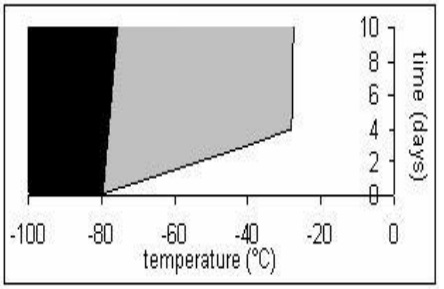Resolution of 2-Hydroxypropanoic Acid by using Chiral Auxiliary
Keywords:
Enantiomer, Chiralauxiliary, Distereomers, RecemicmixturesAbstract
Chiral auxiliary molecule is used as consideration interacting with intermolecular interactions and different enantiomer intermediates. Partition of racemic mixture exploitation chiral auxiliary the primary reaction of enantiomers with chiral auxiliary to formation of diastereomers Diastereomers has completely dissimilar properties therefore it`s merely separated by posture or crystallization. Partition of Enantiomers useful an essential industrial and sustainable issue. Synthesis of desymmetrization and lots of partition may be a crucial methodology for the desymmetrization of the racemic mixture.
References
Dorgan, J. R., Lehermeier, H., Mang, M., “Thermal and physics properties of commercial-grade poly (lactic acid) s”, J.Polym. Eviron., 8, 1-9, 2000.
Sauer, M., Porro, D., Mattanovich, D., Branduardi, P., “Microbial production of organic acids: increasing the markets”, TrendsBiotechnol., 26, 100-108, 2008.
Nagasawa, N., Ayako, A., Kanazawa, S., Yagi, T., Mitomo, H.,Yoshii, F., Tamada, M., “Application of poly(lactic acid) changed by radiation crosslinking”, Nucl. Instr. Meth. Phys. Res. B, 236, 611-616, 2005.
Okamoto, K., Toshima K., Matsumura, S., “Degradation of poly(lactic acid) into polymerizable oligomer exploitation montmorillonite K10 for chemical recycling”, Macromol. Biosci., 5, 813-820, 2005.
Tsukegi, T., Motoyama, T., Shirai, Y., Nishida, H., Endo, T.,“Racemization behaviour of L,L-lactide throughout heating”, Polym.Degrad. Stab., 92, 552-559, 2007.
Motoyama, T., Tsukegi, T., Shitai, Y., Nishida, H., Endo, T., “Effects of MgO catalyst on depolymerization of poly-L-2-hydroxypropanoic acid to L,L-lactide”, Polym. Degrad. Stab., 92, 1350-1358, 2007.
Tsuji, H., Ikada, Y., “Stereocomplex formation between enantiomeric poly (lactic acid)s. XI. Mechanical properties and morphology of solution-cast films”, Polymer, 40, 6699-6708, 1999.
Lunt, J., “Large-scale production, properties and business applications of poly2-hydroxypropanoic acid polymers”, Polym. Degrad. Stab., 59, 145-152, 1998.
Yang, F., Murugan, R., Wang, S., Ramakrishna, S.,“Electrospinning of nano/micro scale poly(L-lactic acid) aligned fibers and their potential in neural tissue engineering”,Biomaterials, 26, 2603-2610, 2005.

Downloads
Published
How to Cite
Issue
Section
License

This work is licensed under a Creative Commons Attribution 4.0 International License.
Authors contributing to this journal agree to publish their articles under the Creative Commons Attribution 4.0 International License, allowing third parties to share their work (copy, distribute, transmit) and to adapt it, under the condition that the authors are given credit and that in the event of reuse or distribution, the terms of this license are made clear.





